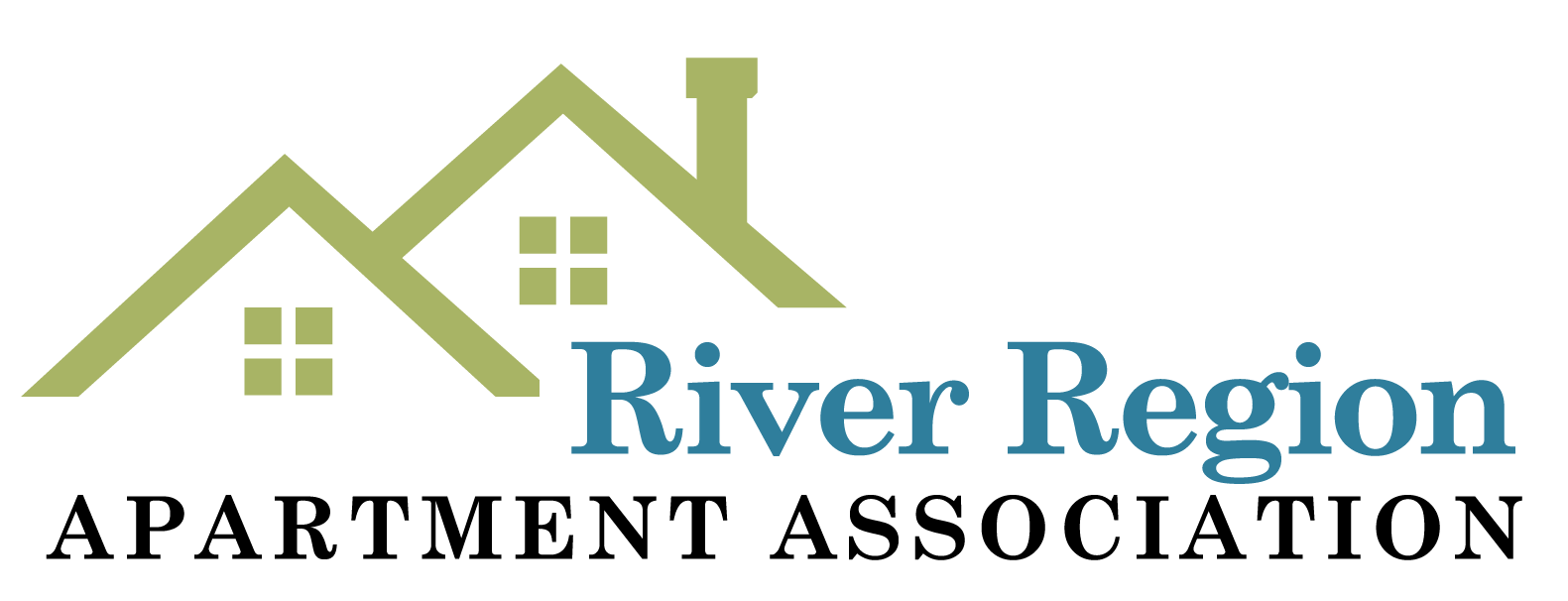ICYMI: Latest Federal Housing Actions
September 5, 2023 |Updated September 6, 2023
White House Announcement
On July 27, 2023, the White House released a set of agency actions aimed to lower housing costs and boost supply, building on the Housing Supply Action Plan released last year. These actions include:
- Spending $85 million on providing funding to communities that identify and remove barriers to affordable housing;
- Providing up to $3.16 billion for projects that prioritize disadvantaged communities’ access to daily destinations, including affordable housing;
- Updating the Economic Development Administration’s Investment Priorities to include an emphasis on efficient land use and a better coordination between commercial and residential uses;
- Announcing $27 billion for the Environmental Protection Agency’s Greenhouse Gas Reduction Fund to provide financing for cost-saving retrofits;
- Increasing the allowed loans in the Low-Income Housing Tax Credit Pilot Program;
- Proposing easier financing for Accessory Dwelling Units and
- Leading a working group to advance federal support the conversion of commercial properties to housing.
These efforts build upon related activity as part of the White House Blueprint for a Renters Bill of Rights, which included several agency actions meant to protect renters and promote affordability.
Mission-Driven Loans
The Federal Housing Finance Agency (FHFA) announced last year that at least 50 percent of Fannie Mae’s and Freddie Mac’s purchases of multifamily loans must be “mission-driven” affordable housing in 2023. This requirement is consistent with the 2022 numbers and the total amount of allowed purchases has actually decreased from $156 billion to $150 billion.
The real change comes in the definition of mission-driven affordable housing; business that satisfies the requirement now includes loans that preserve the affordability of workforce housing with units subject to rent or income restrictions codified in the loan agreement. The restrictions must last for at least ten years and be affordable for households earning up to 120% of the Area Median Income (AMI), depending on the specific market.
The FHFA is also increasing the number of units eligible to utilize Fannie and Freddie loans for energy or water efficiency improvements from those affordable at 60% of AMI to 80%. Finally, the agency is removing the 2022 requirement that 25% of Fannie Mae’s and Freddie Mac’s multifamily business be affordable at 60% AMI.
What this all means is that, while the total dollar amount for loan purchase caps has decreased, the number of units considered mission-driven has increased, as is Fannie’s and Freddie’s flexibility in how they meet their mission-driven goals.
We applaud the Administration’s efforts to incentivize affordable housing development. This is the best way for the federal government to address the nation’s housing challenges and ease pressures on renter communities.
Radon Standards
The FHFA also has imposed heightened radon testing requirements for multifamily loan applications received by Fannie Mae and Freddie Mac after June 30, 2023. The new standards:
- Require radon testing at multifamily Enterprise-backed properties, regardless of property location, subject to some exemptions and deferrals.;
- Increase the amount of required testing from 10 percent to 25 percent of ground floor units;
- Require an environmental professional to oversee radon testing;
- Require the environmental professional or property representative to notify tenants of radon testing and
- Provide additional guidance for lenders and environmental consultants on the Enterprises’ radon standards. As part of such guidance, the Enterprises will reinforce the need for compliance with state and local radon laws.
We highly encourage members who have questions about the new requirements to seek the advice of legal counsel. The National Apartment Association (NAA) will continue its federal advocacy to educate policymakers on the impacts of Blueprint-related policy changes and help them understand the impacts of overregulation on housing providers and their residents.
While each of these individual actions are valuable by themselves, the total effect on the industry could be large. NAA commends the Biden Administration for prioritizing boosting the supply of housing as that is the only way the country can overcome the affordability challenges it faces today. NAA remains committed to meeting with officials in the Biden Administration to ensure that the rental industry’s voice is heard in all future rulemaking.
